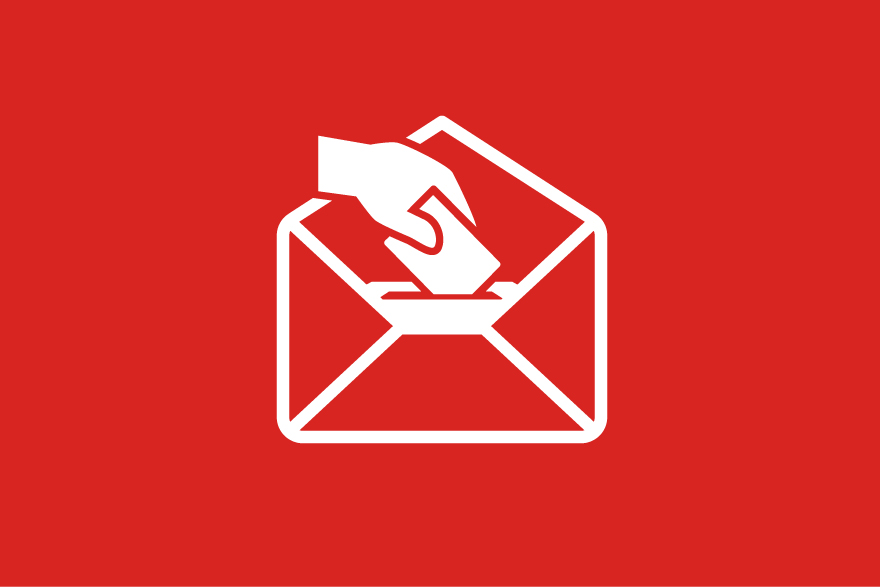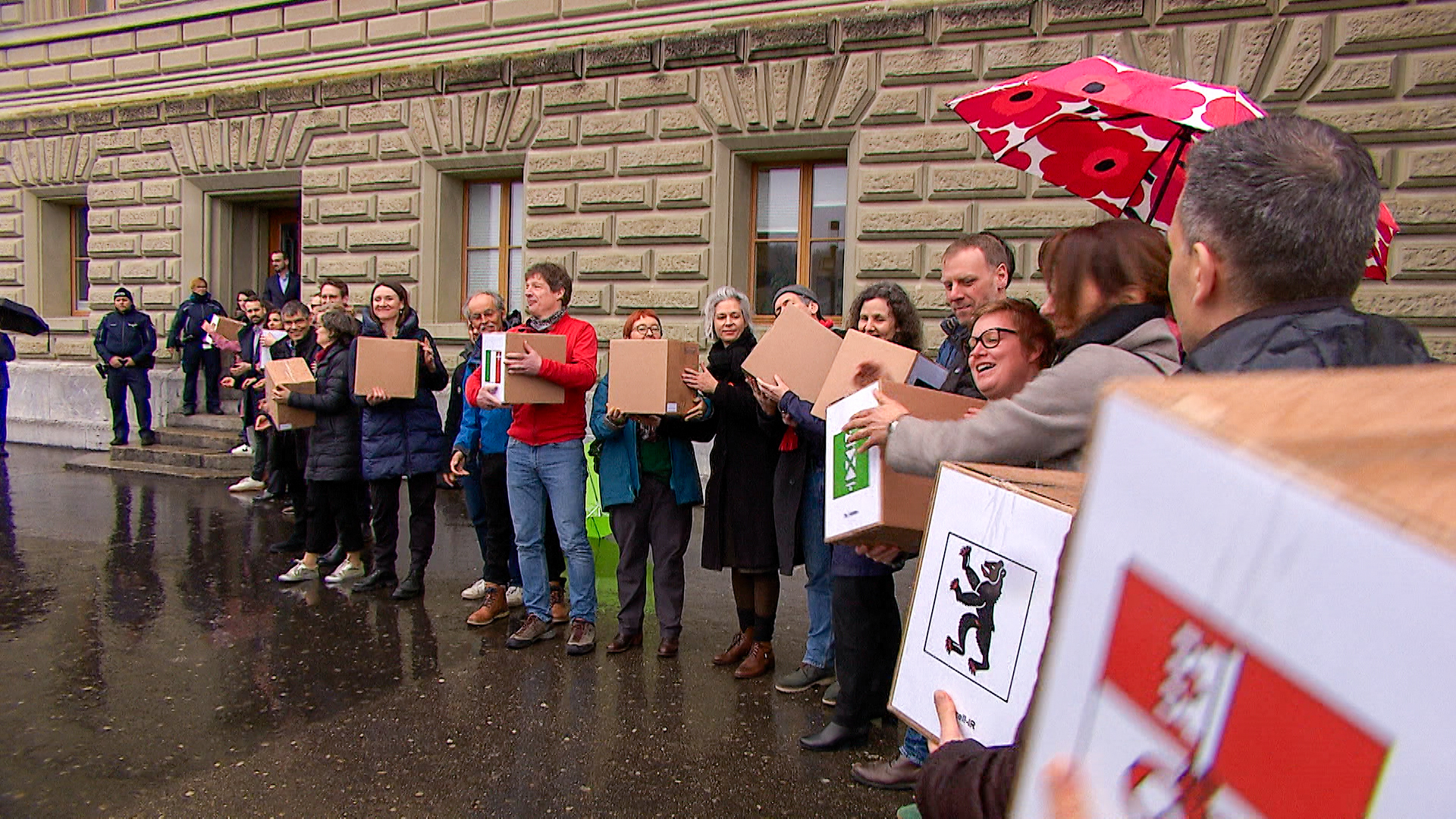
SNB Keeps Rate at Zero in First Easing Halt Since Early 2024
(Bloomberg) — The Swiss National Bank halted its easing cycle, avoiding a return to negative interest rates as officials judge the impact of US tariffs to be containable for now.
President Martin Schlegel and his two colleagues kept their benchmark at zero, acknowledging that the 39% levy imposed by Donald Trump — the highest for any advanced economy — will cause pain, while insisting that the fallout isn’t yet widespread enough to justify a cut.
“For the firms that are affected by these tariffs, this can be very challenging,” he told reporters in Zurich. “At the same time also, a large part of the economy is not affected by this or only indirectly affected by these tariffs, for example services,” he said, adding that just 4% of Swiss exports are directly hit by the levies, meaning that “the impact on the economy as a whole is limited.”
Schlegel’s emphasis that the SNB is aware of the pain but still holding off on a seventh consecutive reduction points to the trade-off facing the central bank. Tariffs prompted Switzerland’s KOF research institute to slash its forecast for growth next year on the eve of the decision, but officials know that subzero monetary policy brings problems of its own.
“The bar to go into negative territory with interest rates is certainly higher than just a normal rate cut,” Schlegel said. “We are aware that this negative interest rates could be a challenge for many actors in the economy. At the same time if it’s really necessary to fulfill our mandate we are ready to use all the tools that are available — also negative interest rates.”
The outcome on Thursday was predicted by almost all of the 24 economists surveyed by Bloomberg, with the sole dissenter anticipating a cut.
Inflation pressures are “virtually unchanged” compared to the prior quarterly decision, according to Schlegel, and the SNB kept its annual forecasts intact as a result. Officials predict consumer-price growth to average 0.2% this year, 0.5% in 2026 and 0.7% in 2027.
While inflation may be nearly at the floor of their 0-2% range, the most recent reading of 0.2% is still above the SNB’s prior forecasts. Policymakers also appear to have adopted a doctrine of responding more judiciously to the strength of their currency despite its effect of depressing import prices.
That would give them leeway to monitor inflows into the franc, which last week pushed it to a decade-high against the dollar, without feeling the need to immediately react. Against the euro, which matters more for Swiss exporters, it’s roughly at the same level as it was in June, when the SNB’s last decision took place.
What Bloomberg Economics Says:
“We anticipate a move into negative territory at its next meeting in December if the currency stays firm. The central bank has bought time to gauge the impact of US tariffs and a strong franc on the economy.”
—Jean Dalbard, economist. For full note, click here
The Swiss franc was little changed, trading at 0.9345 per euro after the announcement, largely flat on the day. Against the dollar, it was steady at 0.7956.
The franc has rallied broadly all year and hovers near a decade high versus the greenback hit last week as investors have focused on its status as a haven play in times of uncertainty, even as the SNB has been slashing rates. Since January, it has climbed more than 12% versus the dollar and nearly 1% against the euro, making it among the best-performing G-10 currencies this year.
Asked whether the franc is currently overvalued, Schlegel declined to comment. Moreover, while the central bank used to attach a label to the strength of the currency on a frequent basis before it began raising rates in 2022, such a practice isn’t helpful anymore, he said.
“We saw that it’s no longer adding value if we give a reassessment of the strength of the Swiss franc every quarter,” Schlegel told Bloomberg Television.
The Swiss decision aligns with the wait-and-see approach of the European Central Bank, which has kept rates unchanged for two meetings in a row. It contrasts with other global peers including the Federal Reserve, which this month delivered its first reduction since Trump’s return to office.
Looking ahead, a majority of economists reckons the SNB has reached the end of its easing cycle, meaning that it will keep its rate at zero at least until the end of next year.
But about a quarter of them predict that by December, when the impact of Trump’s tariffs is clearer, the SNB will take the leap back into negative territory that it had exited three years ago.
Bank J Safra Sarasin Ltd Chief Economist Karsten Junius is one of those who reckons the central bank won’t cut again. However, he also thinks that if policymakers were to go below zero, they should do so with a punch.
“If the SNB would cut policy rates again, I believe they should go for -50bp in case any big shock justifies that,” he said. “Based on their new inflation profile that shows an end-point of 0.8%, however, it is more likely that the next move of the SNB is up.”
The decision will be the first by the SNB to be followed with a summary of the discussion, due for publication on Oct. 23. Questioned on how close officials were to cutting their rate below zero, Schlegel referred to the release due in four weeks. “Allow me to ask you for a bit of patience,” he said.
–With assistance from Harumi Ichikura, Joel Rinneby, Naomi Tajitsu, Paula Doenecke and Jan-Henrik Förster.
(Updates with Schlegel on Bloomberg TV in 12th paragraph. An earlier version corrected the year when easing began.)
©2025 Bloomberg L.P.


























